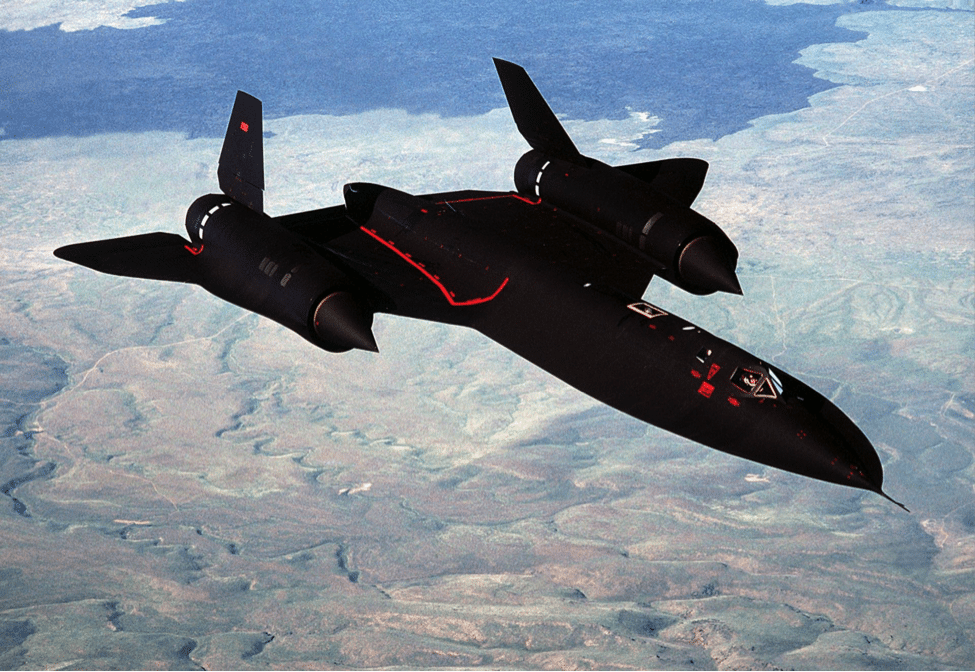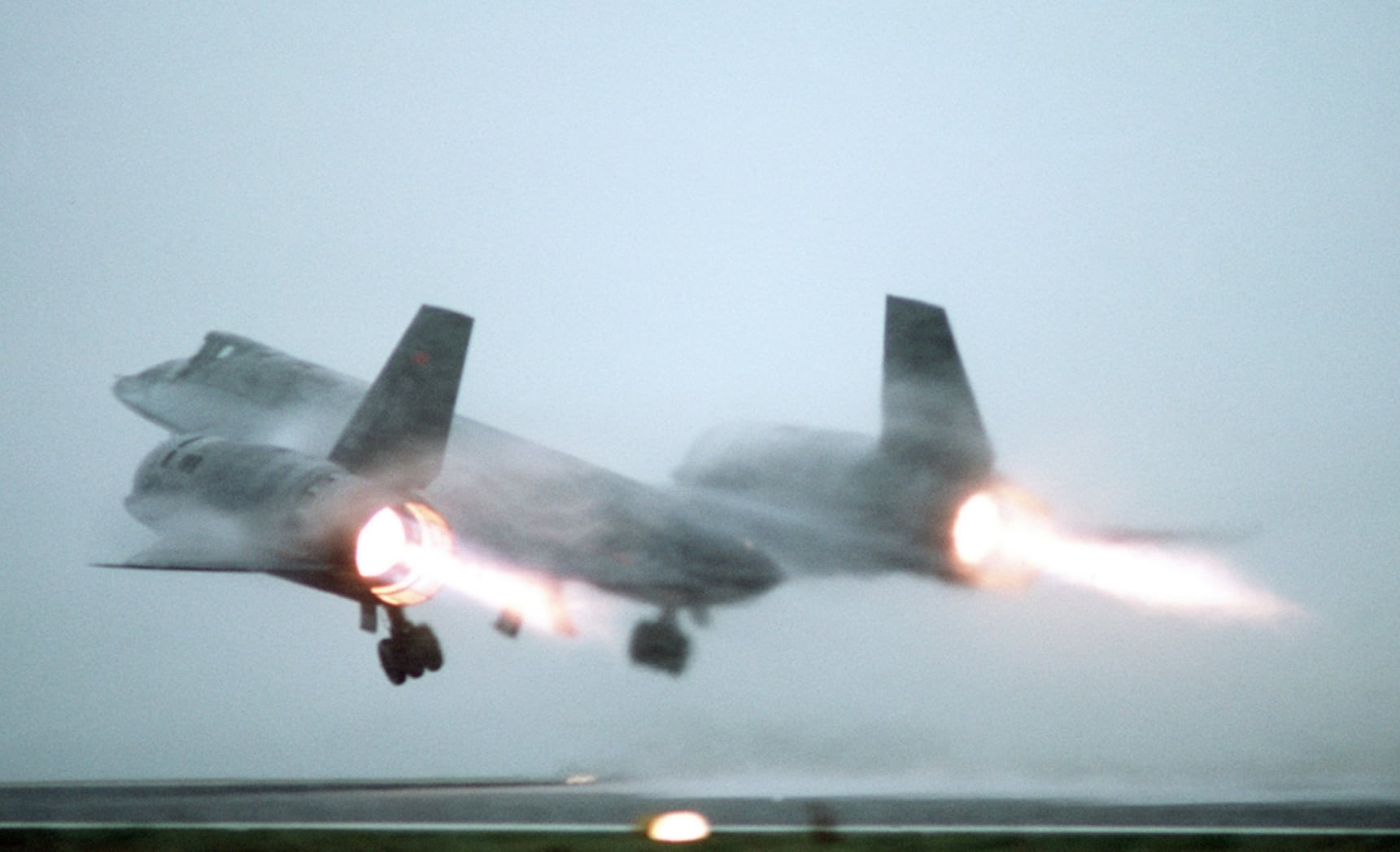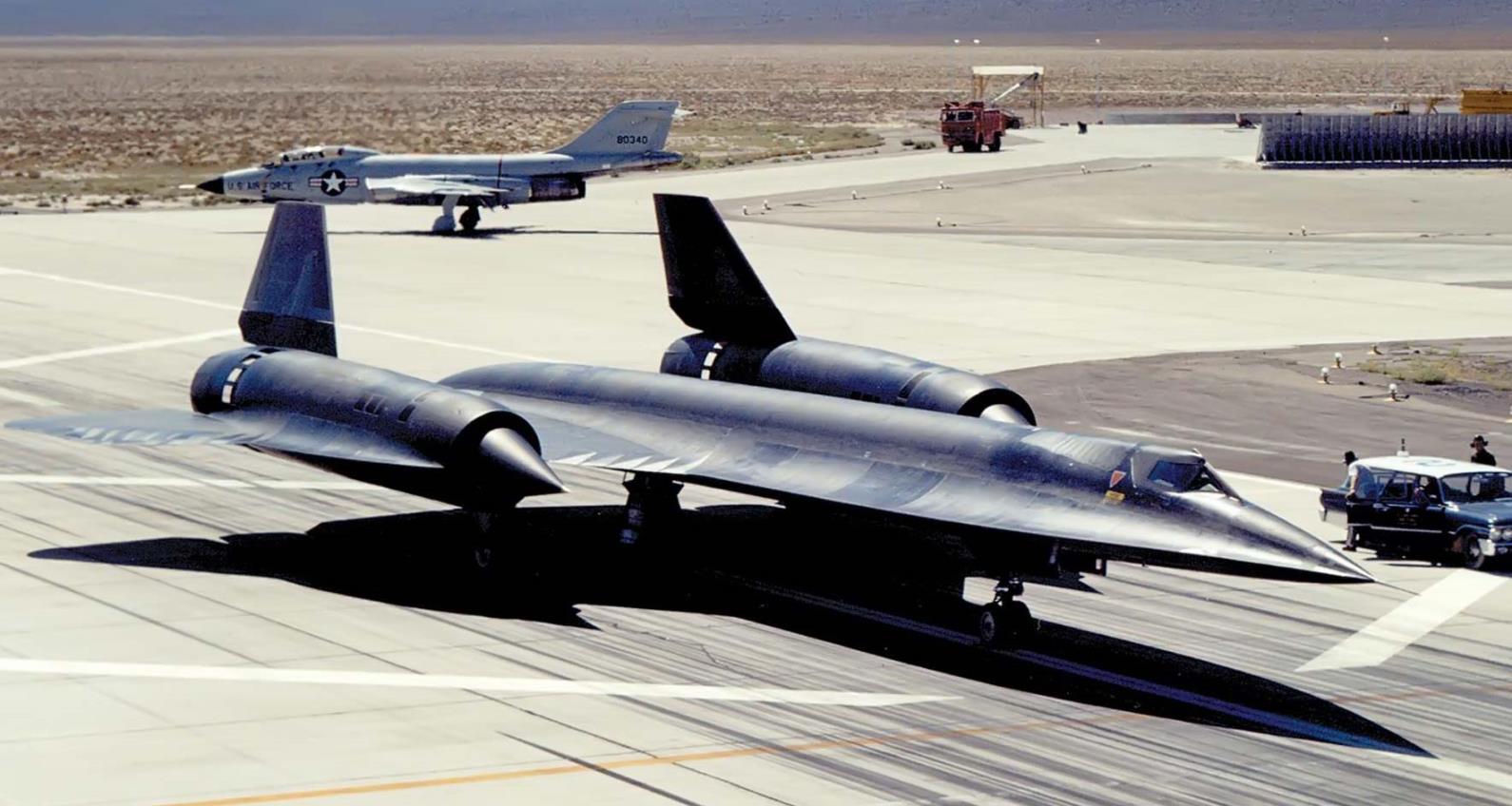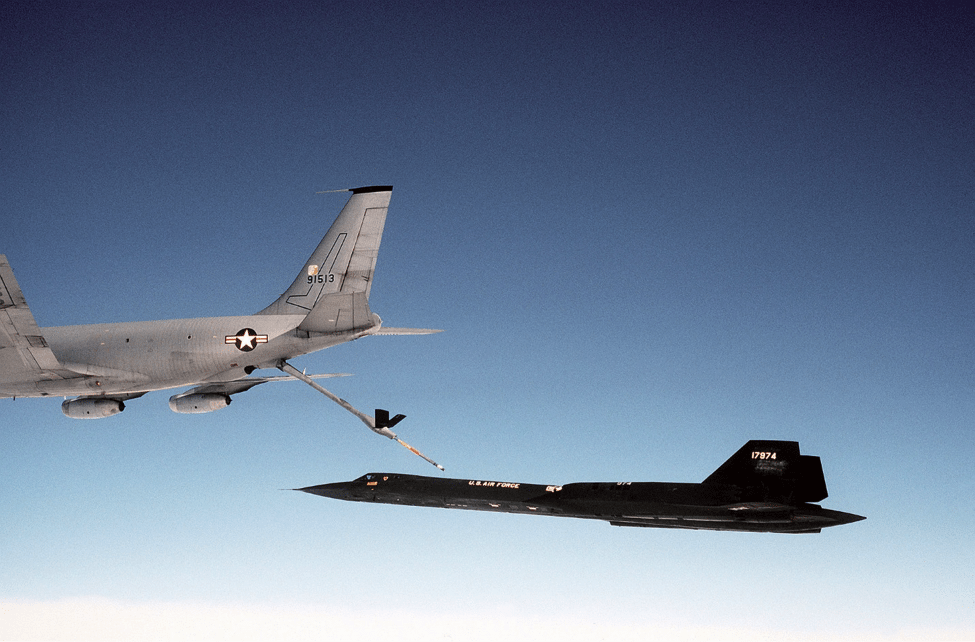
How Could Such a Forward-Thinking Piece of Machinery Like The SR-71 End Up in a Museum?
On 6 March 1990, pilot Colonel Ed Yielding and reconnaissance systems officer (RSO) Colonel Joseph Vida departed Palmdale in California flying U. S. Air Force SR-71 (serial number 61-17972). This was not just another Senior Crown SR-71 flight. Yielding and Vida landed one hour, four minutes, and 20 seconds later at Dulles International Airport outside Washington DC. The last operational flight of the SR-71 set a new Los Angeles to Washington speed record averaging a scorching 2,124 miles per hour (3,420 kilometers per hour), along with three other records. 972 was then delivered to the National Air and Space Museum for display. It was the final flight of the Air Force’s SR-71 program.

What’s in a Name?
Derived from the Lockheed A-12, the development of which is worthy of its own story, the 32 SR-71s built served with the US Air Force from 1964 until 1990. 12 of them were lost in operational accidents. Not a single SR-71 was lost to enemy action. The “Blackbird” was the most common nickname used to refer to the all-black monster, but “Habu” (Japanese venomous snake- a name bestowed while the SR-71 operated from Okinawa) was a moniker as well. Between the original A-12 and SR-71, these Lockheed “Skunk Works” products were the fastest air-breathing (jet-powered) aircraft inhabiting this planet from inception of the A-12 until the final retirement of the SR-71 by the National Aeronautics and Space Administration (NASA) in 1998.

Rare Materials and Engineering Challenges
The SR-71’s airframe was 85% titanium. Lockheed was forced to pioneer new tooling and fabrication methods just to build the aircraft. Due to the chlorine in tap water, even washing the welded titanium in the airframe components required distilled water. Tools had to be specially manufactured because they too could cause corrosion. Tools wore out quickly during the fabrication process too. Building the SR-71 was one engineering challenge after another.

Hot Stuff
Flying at Mach 3 or more generated friction. Lots of friction. And lots of friction equals lots and lots of heat. For that reason, major portions of the skin of the wings were corrugated. The intense heat would have caused smooth skin (even titanium) to deform and potentially curl up or even split. Conversely, corrugated skin could expand both vertically and horizontally and actually increased longitudinal strength.

Designed to Leak on the Ground
The SR-71s fuselage panels were specially manufactured so they had gaps between them. When the aircraft encountered the heat from in-flight friction the panels would expand and fit properly. It was said that the Blackbird leaked more fuel on the ground than it used in the air. An obvious exaggeration, but the sight of a Blackbird sitting on the tarmac surrounded by dripped puddles of special high-flashpoint JP-7 fuel was a contradiction indeed. If you see a picture of an SR-71 in flight (most of which were captured at low altitude and low speed), chances are you’ll also see fuel streaming back from the as-yet unsealed joints as well.

